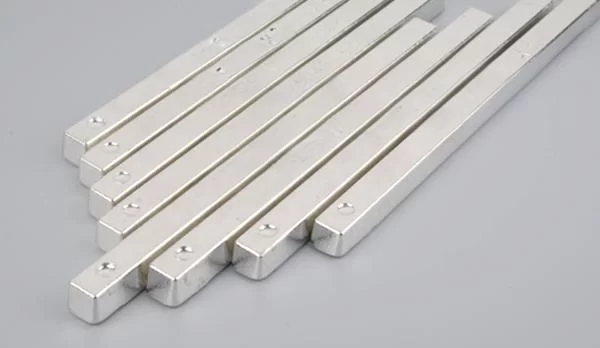The use of lead-free solder material has become increasingly prevalent in modern electronic manufacturing. This is not only because they are more environmentally friendly and healthier for humans, but also because this solder materials can meet high demands in terms of performance and reliability. This article will detail the application and importance of this material in PCB design and production.
Traditional solder typically contains lead, which, while having excellent soldering properties, is a toxic metal that is harmful to the environment and human health. To reduce environmental pollution and protect workers' health, many countries and regions have enacted regulations to restrict or ban the use of lead-containing solder. This has prompted the development and use of this material.
Lead-free solder material is mainly composed of tin (Sn), silver (Ag), and copper (Cu), known as SAC alloys. These materials can match the melting point, wettability, and mechanical strength of traditional leaded solder. For example, SAC305 (containing 96.5% tin, 3% silver, and 0.5% copper) is the most commonly used lead-free solder, with a melting point of around 217 degrees Celsius, slightly higher than traditional tin-lead solder, but performing well in practical applications.In the process of PCB design and production, using this material requires attention to certain special process requirements. Firstly, due to the higher melting point of lead-free solder, higher temperatures are needed during soldering. This means that soldering equipment and process parameters need to be adjusted accordingly to ensure soldering quality. Additionally, the wettability of lead-free solder is poorer, so appropriate flux and soldering techniques must be used to ensure the firmness and reliability of solder joints.

Lead-free solder material
Lead-free solder material not only has environmental advantages but also exhibits excellent electrical and mechanical properties. For example, lead-free solder has good fatigue and vibration resistance, maintaining stability in harsh working environments. This makes it widely used in demanding applications such as automotive electronics, medical devices, and aerospace.In addition to SAC alloys, there are other types of this solder material on the market, such as tin-copper (SnCu) and tin-antimony (SnSb) alloys. These materials have their own characteristics and applicable ranges. For instance, SnCu alloys are cost-effective and suitable for general electronic product manufacturing, while SnSb alloys have higher thermal fatigue resistance, suitable for high-temperature environments.
Despite the excellent performance of this solder material in many aspects, there are challenges in its use. For example, due to the higher melting point, the soldering process may cause greater thermal stress on the PCB and components, increasing the risk of soldering defects. Furthermore, the poor wettability of lead-free solder may result in poor appearance or reduced reliability of solder joints. Therefore, when using lead-free solder, soldering processes need to be optimized, and thorough quality control must be conducted.
The use of lead-free solder material represents an important direction in the development of the electronic manufacturing industry. It not only meets environmental and health requirements but also satisfies the high standards of modern electronic products in terms of performance and reliability. Through continuous technological improvements and process optimization, we believe that lead-free solder will be applied and promoted in more fields.In the future, we can anticipate that this solder material will continue to develop and improve. The development of new materials and the application of new processes will further enhance the performance and reliability of lead-free solder. Whether in terms of environmental protection or technical performance, this solder materials will bring new opportunities and challenges to the electronic manufacturing industry.
The application of lead-free solder material in modern electronic manufacturing is becoming increasingly widespread. Its environmentally friendly and high-performance characteristics make it an important direction for future development. Engineers and manufacturers need to continuously learn and master the use techniques and processes of lead-free solder to meet increasingly stringent environmental regulations and market demands. Through continuous innovation and improvement, we have reason to believe that solder materials will play an increasingly important role in the electronic manufacturing industry.